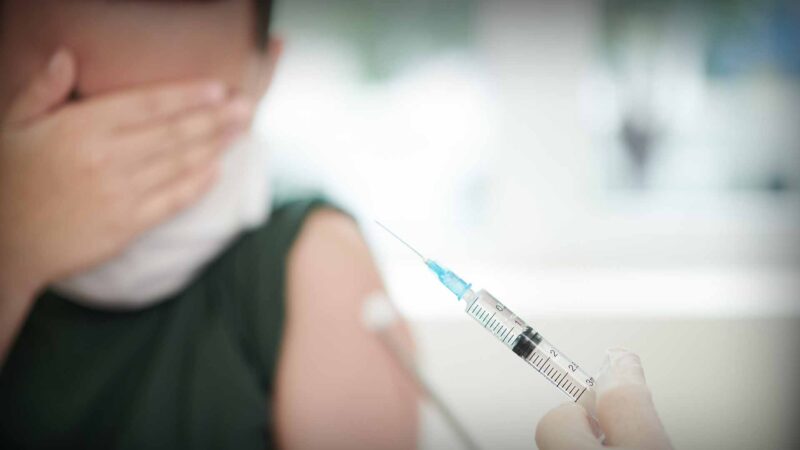3 YEARS IN, PROGRAM BUILDS ON CAPABILITY AND CONNECTIVITY FOR EARLY CAREER RESEARCHERS IN ENT MEDICAL DEVICES Beyond Science gives in theatre opportunities, networking with stakeholders and support from mentors
With
Professor Payal Mukherjee, Adult and Paediatric ENT Surgeon
Otologist, Cochlear Implant and Skull Base Surgeon &
Clinical Professor, Macquarie University &
TGA Advisory Committee for Medical Devices &
Clinical Associate Professor, University of Sydney &
Surgical Innovation Lead, RPA Institute of Academic Surgery &
Head of Department ENT, Sydney Adventist Hospital &
Co-Founder & Co-Director, Beyond Science
Distinguished Professor Gordon Wallace AO,
Director, Intelligent Polymer Research Institute,
University of Wollongong &
Co-Founder & Co-Director, Beyond Science
AUSTRALIAN HEALTH JOURNAL SEGMENT
Filmed in Sydney & Wollongong | August 2025
Surgeon-scientists and surgeon-innovators have an important role in the entire medical technology translational cycle; not only from discovery to commercialisation, but in ensuring that health technologies are implemented in value-based manner.
This includes defining safety and regulatory standards, balancing patient outcomes against health care costs, and working with policy makers to ensure that funding is both sustainable and promotes equitable access to technology.
Despite a rich history of biomedical innovation in Australia, there are limited training opportunities for surgeons to develop these skills. Within NSW, there are no formal surgeon-scientist training pathways in Otolaryngology, Head and Neck Surgery.
In 2022, Distinguished Professor Gordon Wallace AO and Professor Mukherjee jointly established Beyond Science as a clinician led, academically supported and clinician run Australian-first medical technology translation program.
The program is aimed at early career researchers and clinician-scientists working in medical device research specifically in otolaryngology (ear, nose, and throat), head and neck surgery.
Its core mission is to build capability and foster connections between researchers and key stakeholders such as industry, government, universities, and health systems.
This is through helping researchers understand health system priorities and translation pathways from research to real-world impact. Uniquely, this includes opportunity to enter surgical environments for observation and tissue collection.
Australian Health Journal spoke to its founders about how it supports academic mentorship and creates networking opportunities to help early career stage medical device researchers connect with clinicians, policymakers, industry leaders, and funding bodies.
Beyond Science is funded by Passe & Williams Foundation & the Sydney Local Health District
Source: Adapted from Beyond Science, RACS and University of Wollongong websites
You Might also like
-
Clinical entrepreneur addresses needle-phobia
Australian entrepreneur, Lauren Barber, turned her nursing background into the role of an inventor and launched a medical device into the Australian healthcare industry.
No journey is linear for an entrepreneur, but Lauren has travelled considerable distance from a nursing student to a successful entrepreneur illustration her determination and passion to help those with needle phobias. Lauren’s work with NeedleCalm is making a positive impact in the healthcare industry and improving the experiences of patients and clinicians alike.
-
Targeted National Lung Cancer Screening Program commences in 2025
In February 2025, Australian Health Journal spoke with Mark Brooke, Chief Executive Officer of Lung Foundation Australia, at the 10th Australian Lung Cancer Conference in Adelaide, on the upcoming commencement of the National Lung Cancer Screening Program (NLCSP)
-
Journey of an ICU Nurse on International Nurses Day 2025
Kate Leigh is a clinical nurse at the Sir Charles Gairdner Hospital Intensive Care Unit in Perth, Western Australia, with seven and a half years of experience in intensive care, having started her career in London as a new graduate nurse. Initially focused on haematology, she found herself drawn to ICU after meeting a confident and knowledgeable nurse during a discharge. Inspired by his expertise and assuredness, Kate decided to pursue a transfer to Critical Care after seeing an internal advertisement that highlighted educational opportunities and professional development programs.



